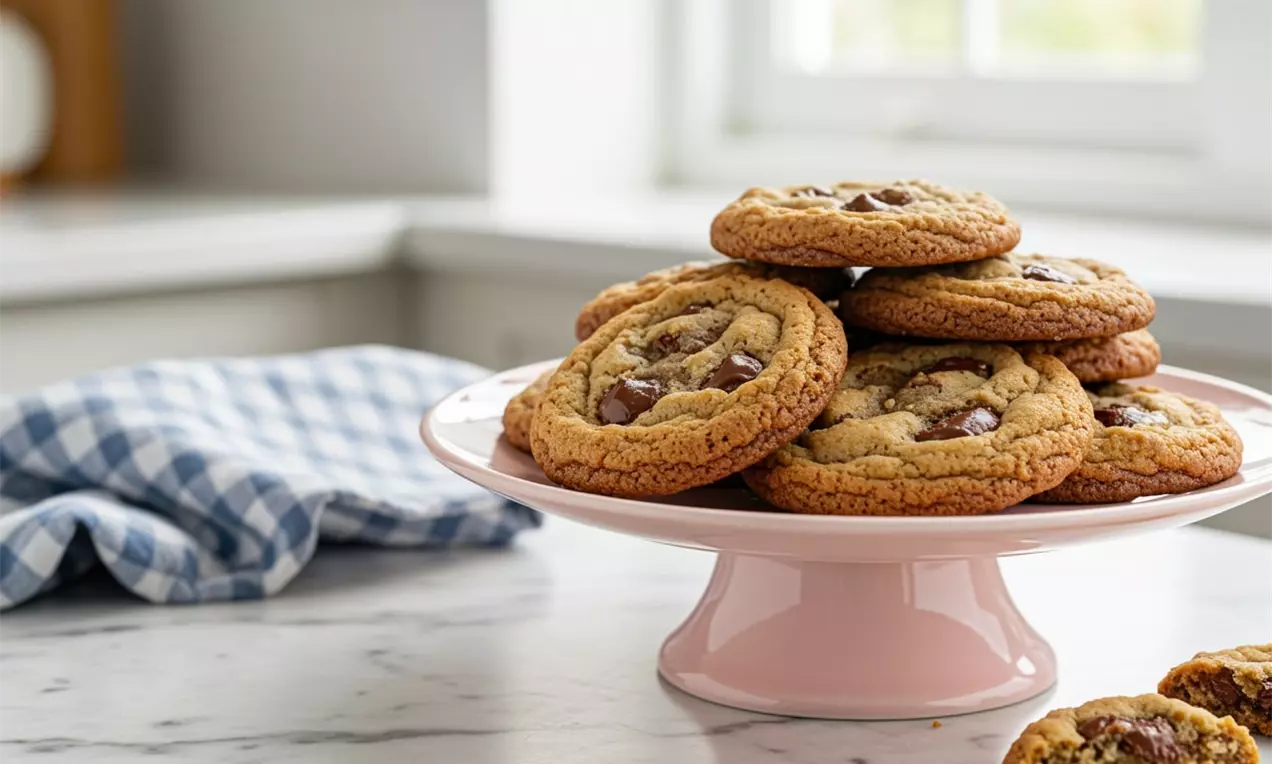
How to Make Brown Butter
Brown butter is also known as beurre noisette. It is created when regular butter is heated and melted past its melting point, allowing the milk solids to caramelised and develop a nutty, toasted flavour. Brown butter is a good alternative too for people with nut allergies, it gives you a nutty flavour without having to add in nuts.
What you'll need:
• Unsalted butter (as much as your recipe needs)
• Saucepan
• Heatproof spatula
• Heatproof bowl i.e., a glass bowl (for cooling)
Use Unsalted Butter
Unsalted butter gives you more control over the flavour, and it browns more evenly. If the recipe states salted butter, this is for flavour, so use unsalted butter and add a pinch of salt to the recipe.
Use a Light-Coloured Pan
By using a lighter coloured pan rather than black, you can see the colour change more clearly which is crucial to getting it just right.
Cut Butter into Pieces First
It melts and cooks more evenly, which also helps to reduce the risk of burning.
Stir Constantly Once It Foams
Once you see the butter start to foam, then this is when the milk solids begin to toast. You need to keep stirring to prevent burning.
Watch for Colour & Smell
Brown butter is ready when the milk solids turn golden brown and it smells nutty, like toasted hazelnuts. This happens quickly, and you need to be quick to take off the heat and cool down, to prevent further cooking.
Remove from Heat Early
Removing from the heat too early can affect the flavour of the finished bake you are wanting to use it in. If you would prefer a less nutty flavour, then you should take it off a little earlier. It can go from brown to burnt fast — once it reaches that golden stage, immediately pour it into a heatproof bowl to stop further cooking.
Don’t Strain Unless Needed
The toasted bits are the best part of it, they are full of flavour! Strain only if your recipe calls for clarified butter.
Let It Cool before using
If using in cookies or cakes, cool it slightly so it doesn’t melt the other ingredients. This will also allow the butter to develop a deeper more intense flavour.
• Dice the butter into small cubes. (This will help it melt evenly and reduce the risk of scorching).
• Pop in a saucepan and melt over a medium heat, stir occasionally.
• You should start to see the butter foaming, then start to bubble, and then small brown bits should appear at the bottom (these are the milk solids)
• Once the bubbles start, stir constantly and scrape the bottom to prevent the milk solids from sticking and burning.
• Look out for the colour changing to a deep golden brown. There should be a nutty, toasty aroma which is your sign it’s ready, ACT FAST! When the colour turns golden brown, quickly remove the pan from the heat and pour it into a heatproof bowl. This stops it from cooking any further.
Tip- If using in baking, let it cool slightly before adding to batters, so it doesn’t melt the other ingredients.
Store extra brown butter in the fridge for up to 2 weeks or freeze it in an ice cube tray for easy portions.
Brown butter is very versatile; it can be used in both sweet and savoury dishes. Both sweet and savoury dishes such as:
• Cookies (adds depth and chewiness)
• Cakes & frostings
• Pasta sauces
• Roasted veggies
• Fish and meats
• Mashed potatoes
What Happens if it Cooks Too Long?
Brown butter does overcook quite quickly. It will smell and taste quite bitter. It would be best to restart the process and discard the burnt one.
Why Does Brown Butter Foam?
The foam is caused by water evaporating and the milk solids beginning to cook. Stirring helps control the foaming and ensures even browning.
Can you Swap Regular Butter for Brown Butter?
Yes, but you will need to keep in mind brown butter has less moisture since the water evaporates. In baking, this can change texture slightly especially in cakes. You might need to adjust liquids or add some milk for extra moisture.
What's the Difference Between Browned Butter and Clarified Butter?
Browned butter keeps the browned milk solids for the flavour and clarified butter, or ghee removed the milk solids, which is done by straining. It has a milder flavour and is more stable to higher heat.
Can I Brown Plant Based or Vegan Butter or Margarine?
Some vegan butters can brown slightly, but they often lack dairy solids, which means they won’t develop the same nutty flavour. Look for versions with coconut oil and added protein for better results.
Can I Brown Butter in the Microwave?
Yes, you can do it in the microwave, however it’s harder to control the temperature and it is easier to burn. Stovetop is more reliable for even browning and better results.
Can Brown Butter Be Whipped?
Not easily. Once browned and cooled, it becomes denser and more flavourful but less airy. It can be used in frosting, but results in a richer, fudgier texture.
Is Brown Butter Healthier than Normal Butter?
No, it has the same nutritional value. It is just cooked for longer and the water content is lower.
Mastering how to make brown butter can truly elevate your cooking and baking. With just a bit of attention and the right timing, you’ll have a rich, nutty depth of flavour that brings both sweet and savoury dishes to life. Keep these tips in mind, and soon browning butter will feel as natural as melting it.